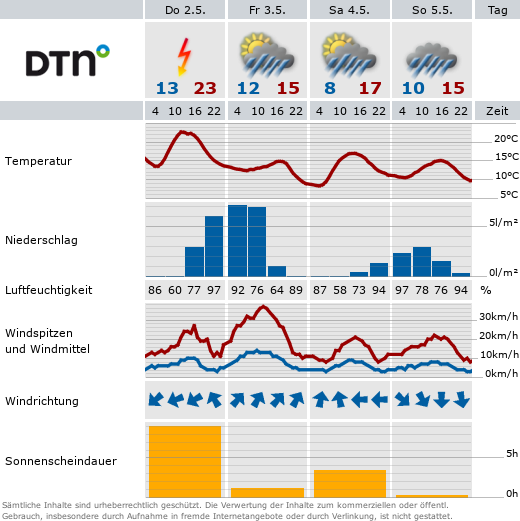Thesis defense of Aaron van der Graaf
- Defense
In this thesis, the search for same-charge top-quark pair production within the Standard Model Effective Field Theory (SMEFT) is presented. The analysis is performed within the ATLAS Collaboration using the proton-proton collision data collected with the ATLAS detector during Run 2 at the Large Hadron Collider. The data correspond to an integrated luminosity of 140 inverse fb at a center-of-mass energy of 13 TeV. Same-charge top-quark pair production, which is strongly suppressed in the Standard Model, provides a rare and sensitive probe for potential physics beyond the Standard Model. Three SMEFT operators that can lead to the production of same-charge top-quark pairs are considered in this search, namely Otu1, Oqu1, and Oqu8. The search is performed in the dilepton final state. Deep neural networks are employed to create regions sensitive to the different SMEFT operators and to separate signal from background. A profile likelihood is performed across all analysis regions to extract the signal strength. The fit results show good agreement with Standard Model predictions, with no significant deviations observed. Observed upper limits are set on the Wilson coefficients of the SMEFT operators at the 95 percent confidence level (CL) of ctu1 < 0.0068, cQu1 < 0.020 and cQu8 < 0.041. This corresponds to an observed limit on the cross-section for the same-charge top-quark pair production of 1.6 fb at 95 percent CL. This analysis provides the most stringent constraints to date on these SMEFT operators, improving upon previous limits by a factor of approximately 10.

![Band structure of 2D semimetal based on HgTe quantum well. Experimental points are obtained from the analysis of the cyclotron resonance in the quasi-classical approximation. Solid lines are predictions of the kp theory with no free parameters. Splitting of the conduction (e1,2) and valence (h1) band is due to the quantum confinement. [J. Gospodaric, AP, et al., PRB 104, 115307].](/storages/physik/_processed_/b/5/csm_Kolloquium_Pimenov_0fa7761647.png)








